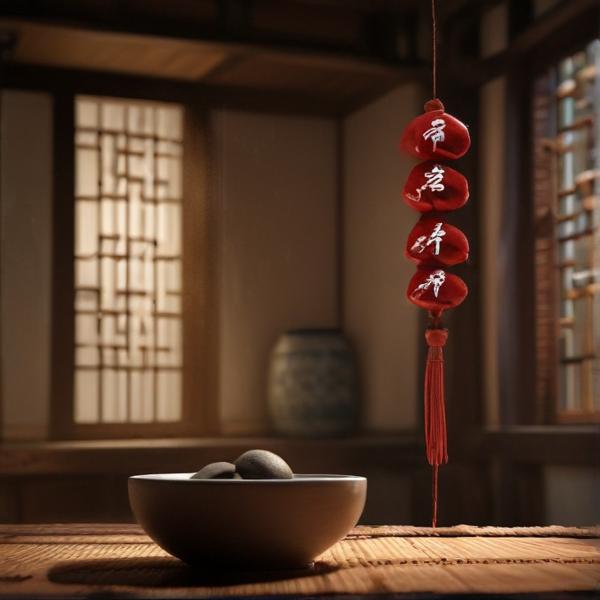基本信息 (Basic Information)
含义与用法 (Meanings & Usage)
中文核心释义 (Core Chinese Meaning): 石头,岩石,一种坚硬的天然物质。
英文核心释义 (Core English Meaning): stone, rock, a hard natural material.
象形意义 / 为何这么写 (Pictographic Meaning / Writing Rationale)
文言文释义 (Classical Chinese Meaning)
与现代意义相近,多指岩石、石头,也用作重量单位(一石)。Similar to modern meaning; mostly refers to rocks and stones, and could also be a unit of weight (one 'shí').
深入学习 (In-depth Study)
字源故事 (Origin Story)
字形演变 (Character Evolution)
常用词语和例句 (Common Words & Examples)
石头 (stone, rock)
小河边有很多圆圆的石头。
Eng: There are many round stones by the river.
化石 (fossil)
我们在山上发现了一块化石。
Eng: We found a fossil on the mountain.
石碑 (stone tablet; stele)
古庙前有一块石碑,刻着历史故事。
Eng: In front of the ancient temple, there is a stone stele engraved with historical stories.
相关成语 (Related Idioms)
点石成金
Meaning: to turn stone into gold; to turn something worthless into something valuable
多语言翻译 (核心释义) (Translations (Core Meaning))
- French: pierre, roche
- German: Stein, Fels
- Spanish: piedra, roca
- Italian: pietra, roccia
- Portuguese: pedra, rocha
- Russian: камень, скала
- Arabic: حجر، صخرة
- Persian: سنگ، صخره
- Dutch: steen, rots
- Polish: kamień, skała
- Vietnamese: đá, tảng đá
- Ukrainian: камінь, скеля
视频学习资源 (Video Learning Resources)
通过以下链接在热门视频网站搜索 "石" 的更多讲解:
Search for more explanations of "石" on popular video sites:
- 在 Bilibili.com 搜索 "石 字源 说文解字" (Search on Bilibili)
- 在 YouTube.com 搜索 "石 character origin etymology" (Search on YouTube)
网络参考 (Web References for "石") ()
网络内容摘要 (Web Content Summary):
核心含义与字形起源:“石”(拼音:shí, dàn)本义为“岩石、石头”。该字为象形字,最早见于甲骨文和金文,字形像山崖下的一块石头或形似古代用石制的乐器石磬,体现了石头坚硬的特性。 Core meaning & origin: “石” (pinyin: shí/dàn) primarily means “rock” or “stone.” It is a pictographic character, first appearing in oracle bone and bronze inscriptions; the shape resembles a stone at a cliff’s base or a stone chime instrument, highlighting the hardness of stone.
用法及易混点: “石”为一级常用字,也是一个重要的部首,与坚硬物体有关。除表示“石头”的本义外,古时也作“石针”治病。在重量单位中,“石”亦读作“dàn”,如“一石米”。易与含“石”部首的字混淆,如“砖(brick)”“碑(monument)”。 Usage & confusions: “石” is a commonly used character and significant radical, found in words related to hard substances. Besides meaning “stone,” it referred to “stone needles” in ancient medicine. In the context of weight, it is pronounced “dàn.” It can be confused with similar characters having the “石” radical, such as “砖” (brick), “碑” (monument).
- 常见相关词语: 石头(stone)、石碑(stone tablet)、石矿(ore)、砖石(bricks and stone); Common words: 石头 (stone), 石碑 (stone tablet/stele), 石矿 (ore), 砖石 (bricks & stone);
- 成语: “磐石之固”(坚如磐石, very strong and stable); Idiom: “磐石之固” (as firm as a rock; unshakeable)
补充说明: 当前可用信息较为基础,未见特殊文化故事或民俗,有关“石”的进一步趣味文化,推荐查阅相关汉字文化书籍。 Supplement: Available information is mostly basic; no special cultural stories were found. For more cultural background, consult specialized literature on Chinese characters.
汉字"石"的起源、演变过程-汉字字源辞典
汉字字源辞典收录350条汉字词条,基本涵盖了常见汉字的字源解析,是汉字研究的必备工具。 ... 石 shí 甲; 金; 篆 【形义】甲骨文、金文石字像山崖下有一块石头的样子。本义是"石头"。 ...
石(汉语汉字)_百度百科
石(拼音:shí、dàn)是汉语通用规范一级字(常用字)。此字初文始见于甲骨文。象形字。其古字形像石磬,用石制品表示石。本义即为岩石,后延伸至用石针治病。石是汉字部首之一,以"石"作意符的字大多与坚硬的物体有关,如:砖、矿、碉、碑、砚等。
更多图片 (石 More Images) ()
